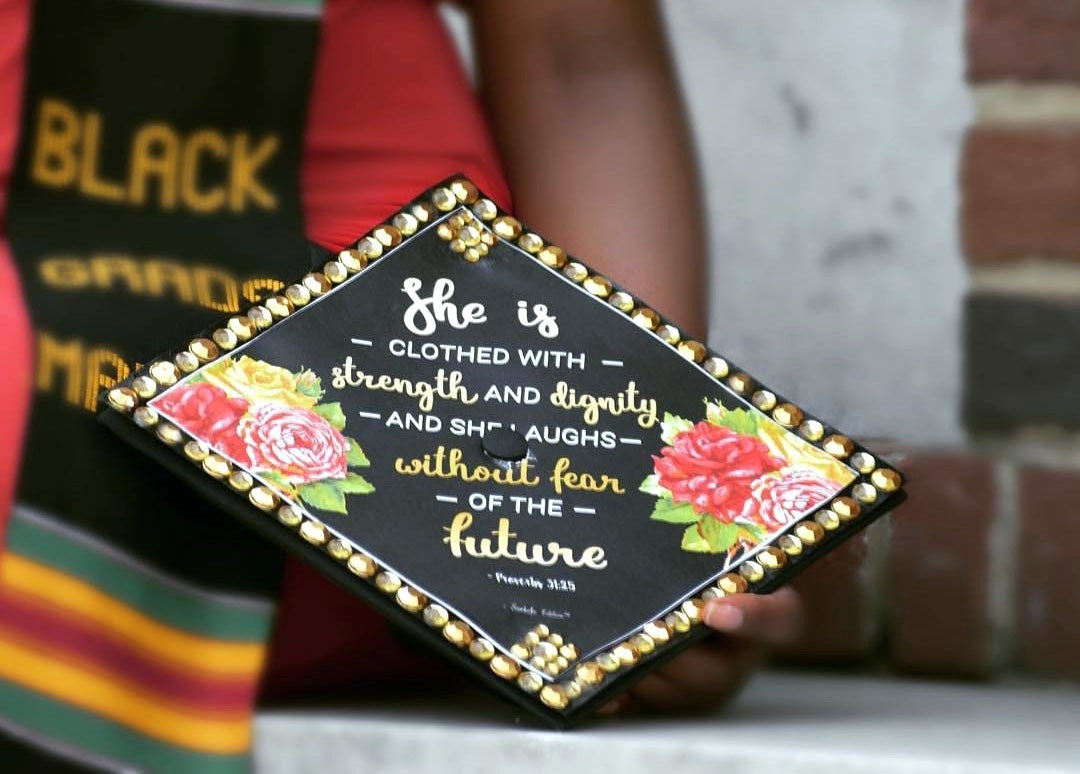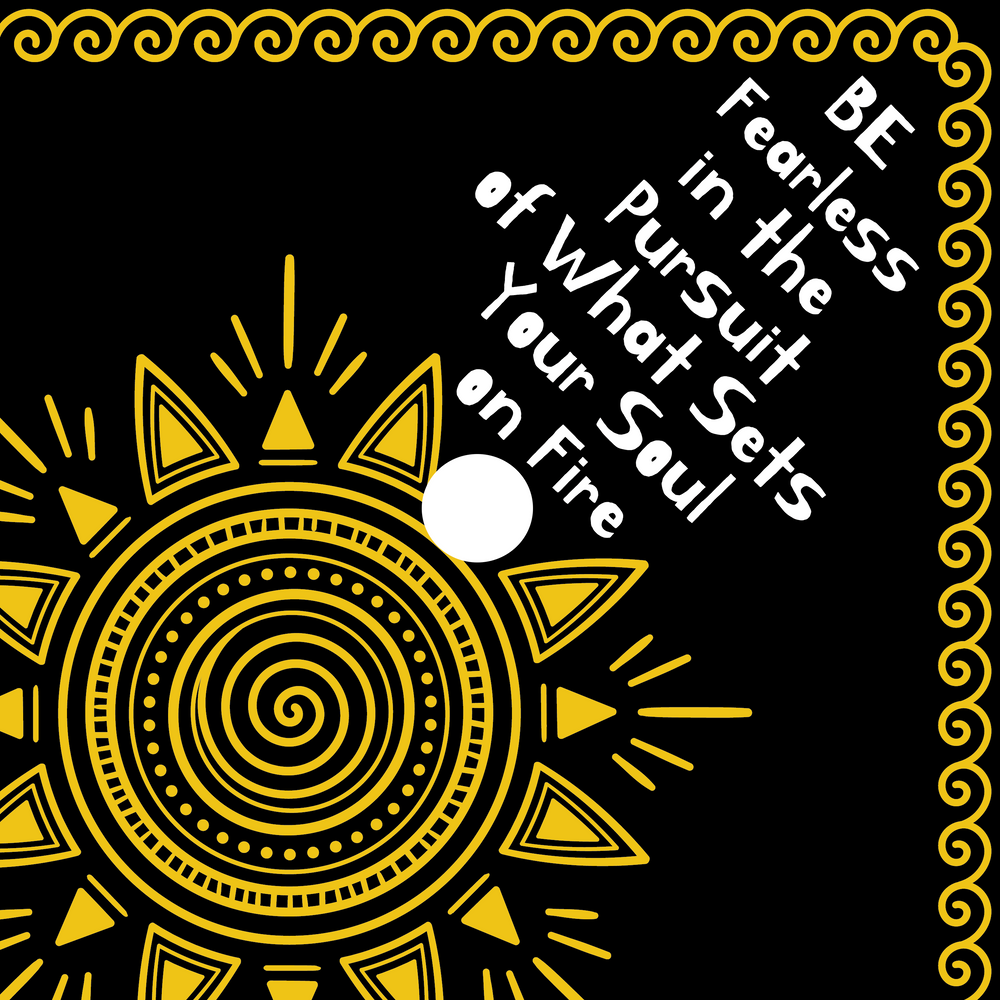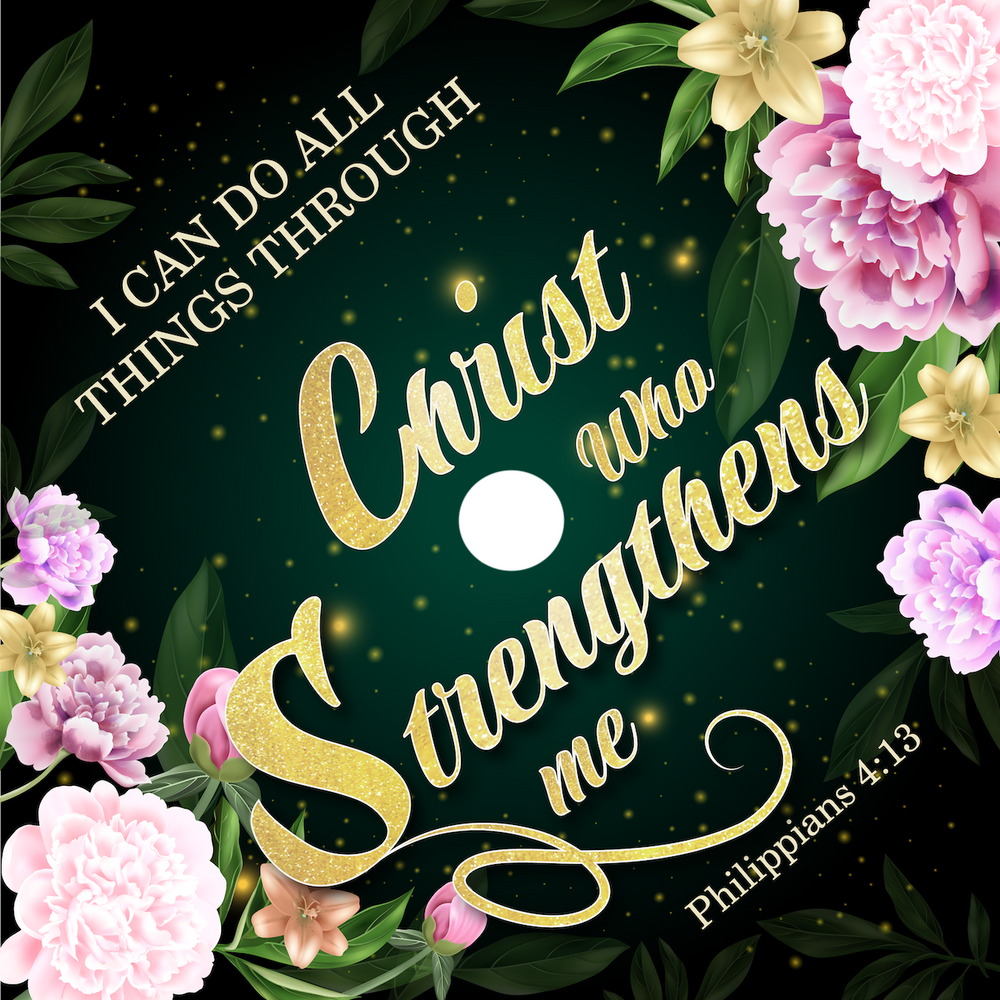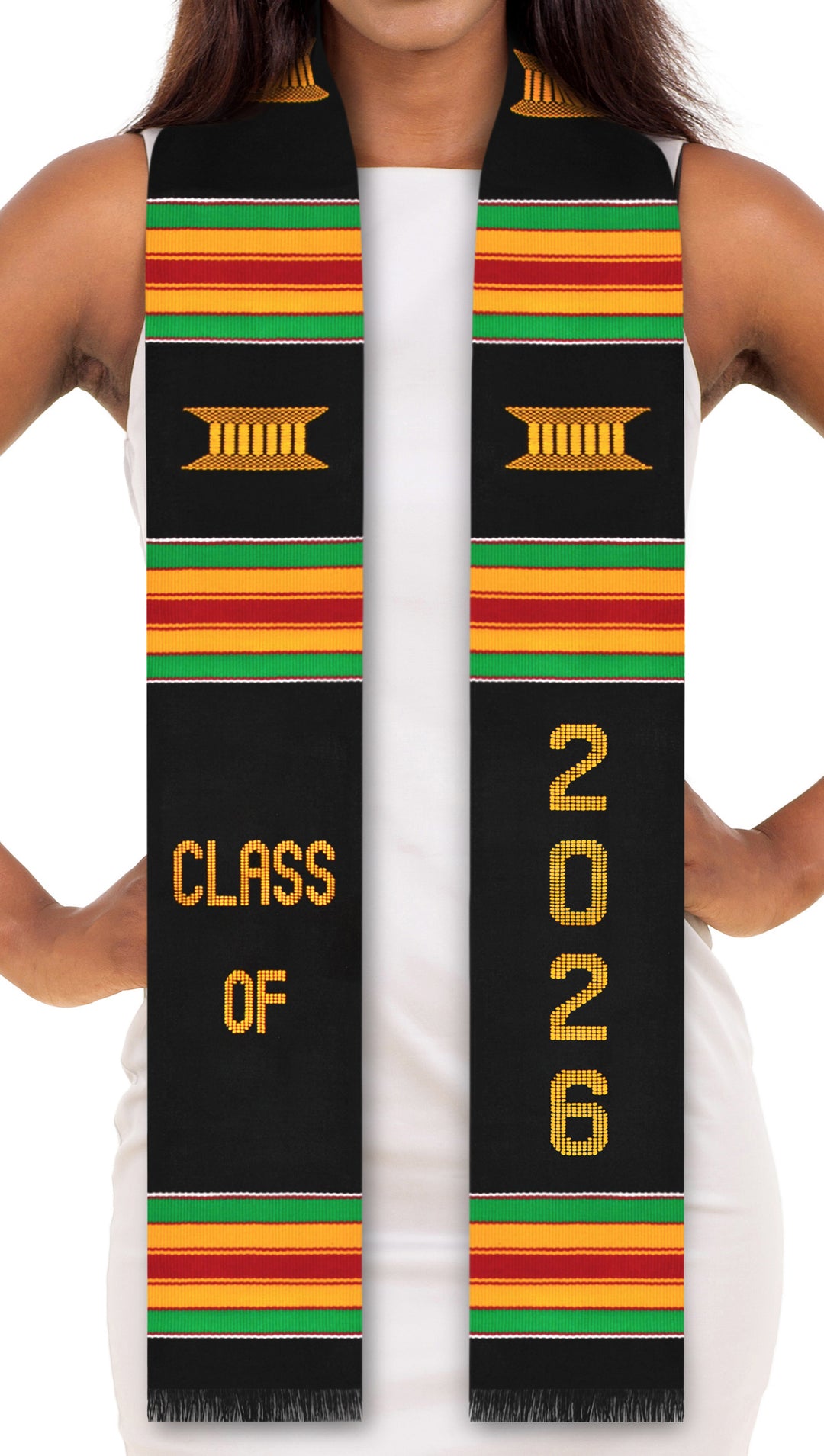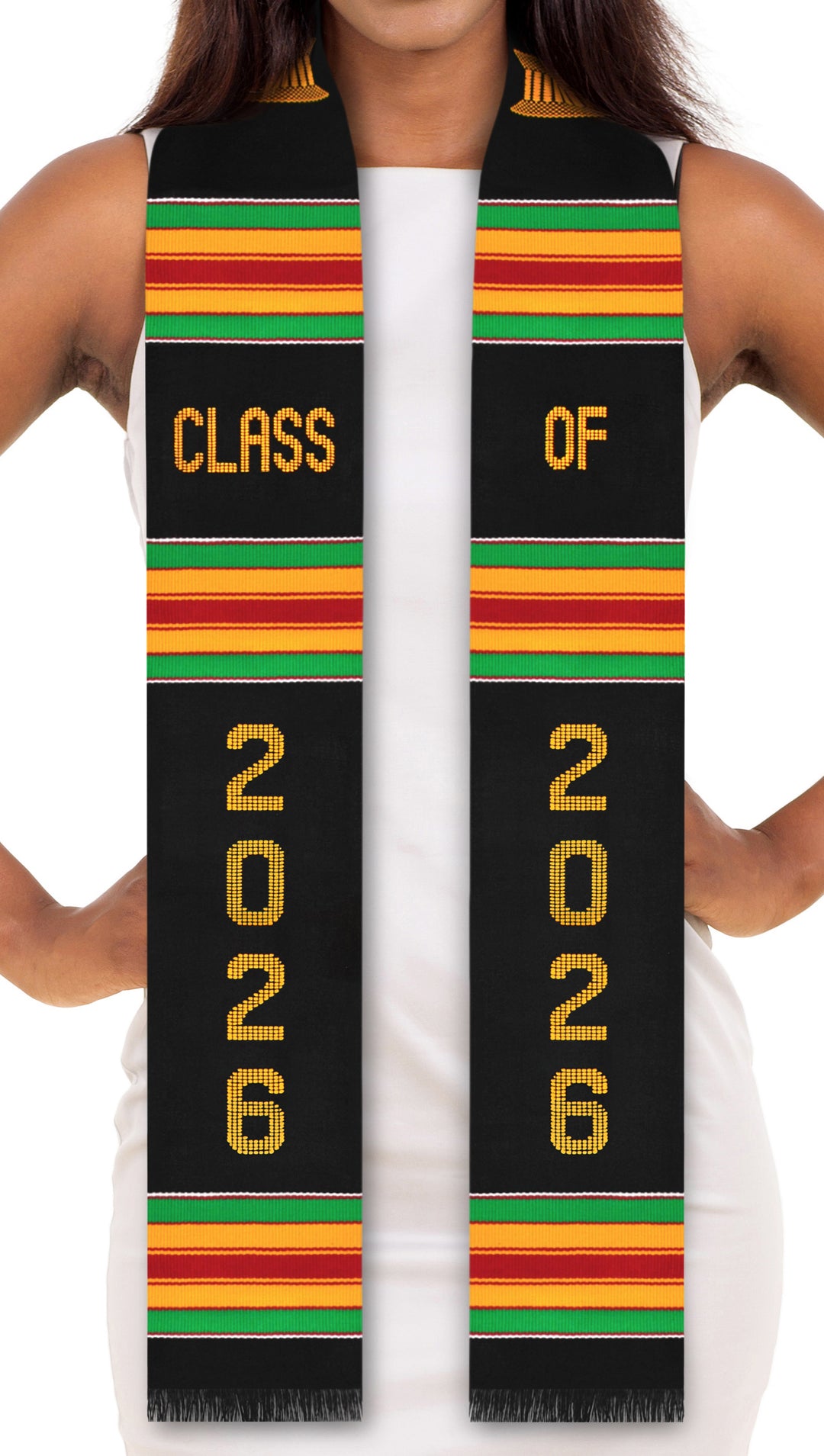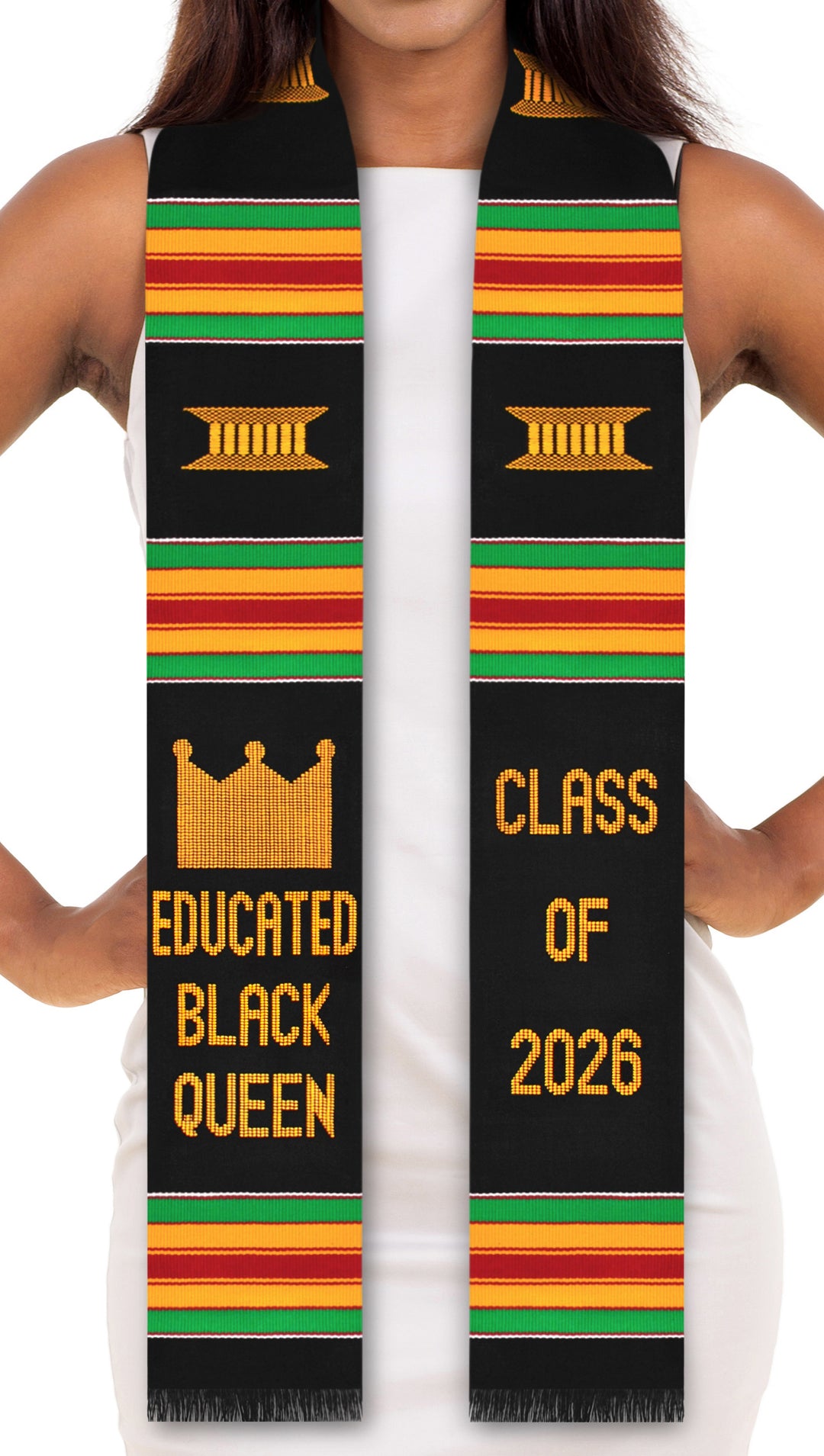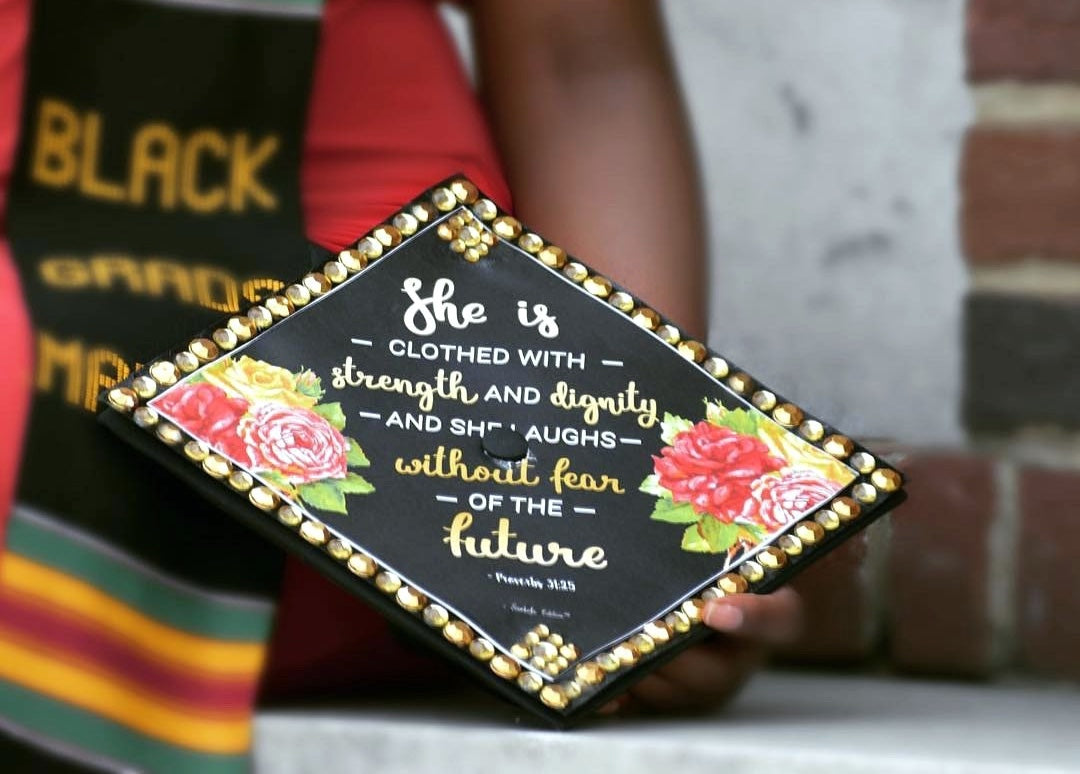What do the colors in the kente cloth mean?
A tradition dating back hundreds of years, the vibrant, colorful weavings of the Kente cloth carry different levels of meaning around the world. For many, Kente patterns resonate as a uniquely African or West African feature. To the descendants of those displaced from Africa, wearing Kente cloth may represent a celebration of their roots or overcoming struggle. To the people of what is now modern day Ghana, the symbolism behind each Kente design goes even deeper, as intricately woven as each cloth itself.
According to legend, Kente cloth weaving was inspired by two farmers who encountered a beautifully woven spider web, and emulated and presented the technique to their king. While those first cloths were woven using only black and white colors, dyes were implemented over time giving Kente the vibrance and variety that give it so much narrative power.
Each color, just like each shape and pattern on the Kente, carries a specific meaning to the wearer of the cloth:
- Black, the most significant and incorporated color of Kente, represents spiritual strength and maturity.
- Red symbolizes blood, and political passion and strength
- Blue stands for peace, love, and harmony
- Gold or Yellow represents wealth and royalty
- Green means growth, harvest, and renewal
- White symbolizes purity, cleansing rites, and festive occasions
- Purple or Maroon represents Mother Earth, healing, and protection from evil
The colors, patterns, and shapes woven together on each Kente cloth combine to represent a story, theme, or anecdote, or symbolize the wearer’s clan or specific set of values.

